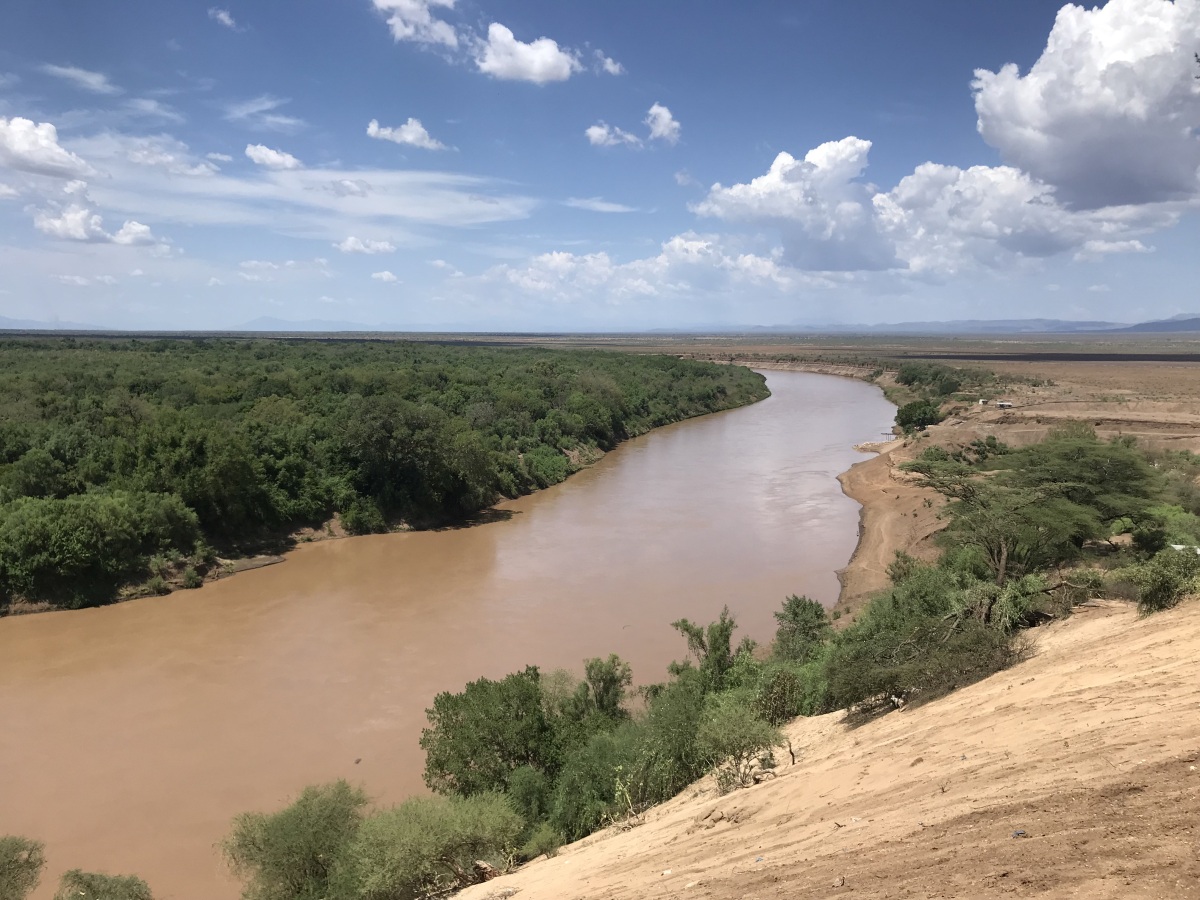The case of the Omo-Turkana and Zambezi basins
Patience Mukuyu

When it comes to resource management, the nexus between water, energy and food (WEF) is well recognized, where competing demands on resources such as water have to be managed. Nonetheless, creating models and simulations to predict how one factor, such as hydropower generation, will affect another, such as food production, is no easy task, particularly when large populations and livelihoods are dependent on natural ecosystems and their services.
In the Omo-Turkana and Zambezi basins in Africa, complex relationships emerge from the balances struck among hydropower generation, irrigated agriculture, water quality and environmental flows. For the past 3 years, the International Water Management Institute (IWMI) has been a partner in the DAFNE project, working with other African and European institutes to develop a model that captures this complexity and simulates the impact of resource-related decisions in these two shared African basins. DAFNE, a Decision-Analytic Framework to explore the water-energy-food Nexus in complex and transboundary water resources systems of fast growing developing countries, is a four-year project funded by the European Union under the Horizon 2020 Research and Innovation Action category.
The project uses scenario development, a participatory approach where researchers in the DAFNE project collaborate with grassroots and institutional stakeholders in the regions to understand how variables around natural resources impact local communities. Hydropower generation, for instance, is critical in both basins. The Gilgel Gibe Dam in Ethiopia and the Kariba Dam between Zambia and Zimbabwe both use hydropower to generate electricity, supporting communities in their respective basins.
A typical meeting, or negotiation simulation lab (NSL), in concerned basins includes public and private stakeholders from hydropower generation utilities, river authorities and community-based nongovernmental organizations. Participants are invited to consider how changing water, energy or food-related policies and practices in their region could impact their lives.
For instance, stakeholders could be asked how changing operations at the Gilgel Gibe or Kariba dams would impact hydropower generation, downstream water quality and environmental flow requirements. In addition, participants debate how flexible they are with satisfying various objectives. For example, is it okay with stakeholders to satisfy only 70% of hydropower demand and 80% of food demand? What are the trade-offs?
These meetings have allowed the DAFNE project to construct alternative developmental pathways which consider varying actions and their impacts in the basins. Indicators have been created to measure those impacts on water, energy and food. Examples of indicators include flooding duration, river discharge, electricity production, land cover change and crop yield. Both, the developmental pathways and indicators, have been used to reflect real-life dilemmas related to addressing competing needs in each basin.
In the final year of the project, engagement with stakeholders will be more vital to wrestling with the trade-offs associated with the WEF nexus and identifying win-wins to maximize water-energy-food synergies and ecosystem services. Ultimately, sustainable development in the Omo-Turkana and Zambezi basins will hinge on finding a common understanding around the opportunities and risks in the two basins—and encouraging countries to work together to respond to them. As researchers and stakeholders discuss WEF-related issues in their regions, the DAFNE project will function as an analytical tool to inform decision makers on the state of the basins and the impacts of different actions on the water, energy and food sectors.

